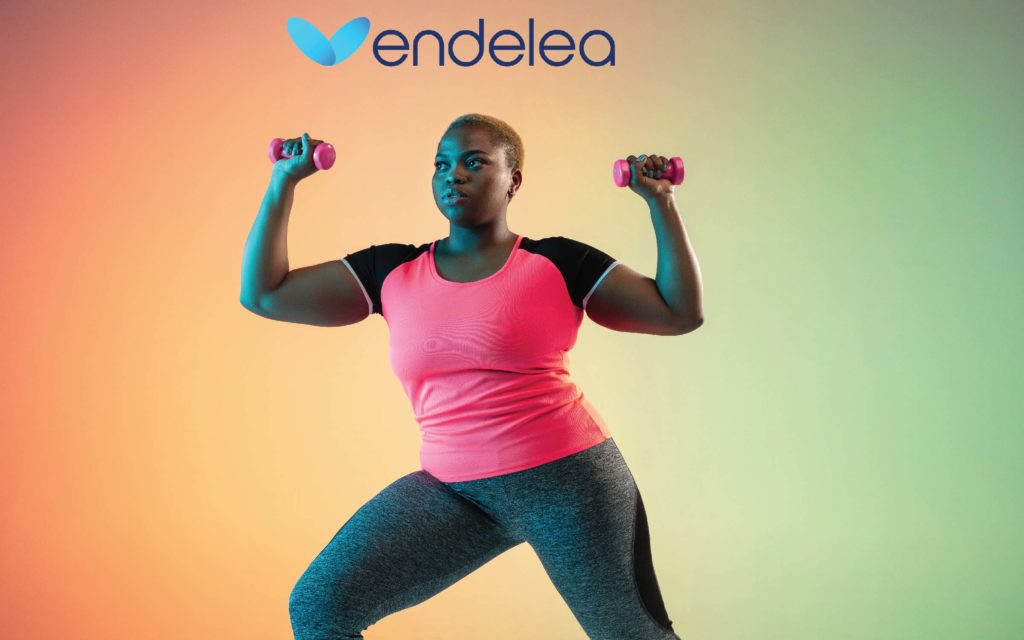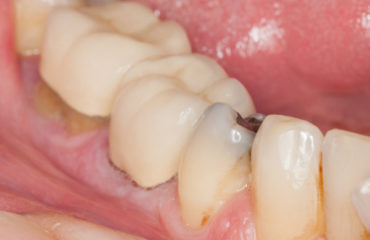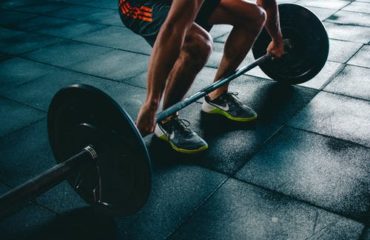
Physical activity, according to science, improves our mood and prevents or slows the progression of many diseases, including heart disease, cancer, and dementia. It can even help us live longer lives. For these reasons, its recommended a minimum of 150 minutes of moderate physical activity per week
Exercise as a vital sign
Healthcare providers routinely ask all of their patients two simple questions about their physical activity. They are referred to collectively as the “Exercise Vital Sign.”
- How many days per week do you engage in moderate to strenuous exercise (such as a brisk walk) on average? The answer options range from 0 to 7 days.
- How many minutes do you spend exercising at this level on average? The options are 0, 10, 20, 30, 40, 50, 60, 90, 120, 150, or more minutes.
According to research, these questions accurately assess people’s levels of activity. They can also predict some medical issues, such as high blood pressure and diabetes. Many health problems that are commonly associated with a lack of physical activity, such as obesity, diabetes, and heart disease, are also associated with a higher risk of severe illness and death from COVID-19. However, few studies have looked specifically at physical inactivity as a risk factor.
The researchers examined anonymized data from over 48,000 adults over the age of 18 who had COVID-19 confirmed between January and October 2020.
The group as a whole was divided into three categories:
- those who were active for 11 to 149 minutes per week or had variation in their three measurements.
- those who met weekly activity guidelines of more than 150 minutes in all three measurements
- those who were consistently inactive, spending only 0 to 10 minutes per week on all three measures
Other important characteristics of these 48,000+ patients were also examined by the researchers. What were their age, gender, and race? Did they smoke or suffer from emphysema? Were they obese (BMI 30 to 39) or severely obese (BMI 40 or higher), diabetic, had high blood pressure, had cardiovascular disease, or had kidney disease? Were they immunocompromised in any way? Had they been to the ER or been hospitalized in the six months preceding their COVID-19 diagnosis?
In a study, this is a lot of data to collect on the characteristics of individuals. By incorporating this data into their analysis, researchers were able to calculate the risk associated with various outcomes and more clearly see how physical activity was associated with COVID-19 outcomes.
What did the researchers discover about COVID-19 and physical activity?
The researchers have learned quite amazingly in this initial study, but further research is necessary to support the findings. Even after all these characterizations were corrected, the risk of hospitalization, ICU admission, and death was significantly higher among persons who were consistently inactive when COVID-19 was received than for those working at least 150 minutes weekly. Moreover, those who were active over ten minutes a week were protected from serious COVID-19 disease or death—not so much that those who received the full 150 minutes. Note that white people are a little more likely to meet the guidelines for physical activity — a discrepancy that should be recognized and addressed.
This study is another reason for promoting physical activity for all. Companies can offer fitness and fitness services, standing desks and breaks in movement. Government support for motorcycle paths, footpaths and footpaths would simplify and make it safer to practice. But set your own priorities as well: we can all pledge to move more! And when you see your healthcare team next time, spend a few minutes discussing what could move you further. Would a prescription exercise assist? Does coaching help you to set and achieve your goals?? You don’t know how to get started? Does exercise hurt?
Compatible physical activity helps you protect yourself if you receive COVID-19. Naturally, vaccination provides much more protection. It may be super-protective to do both, but this must be studied. In the meantime, even when it is walking, we know that moving our bodies every day offers many advantages. As a society, we must ensure that all are as active and secure as possible.













